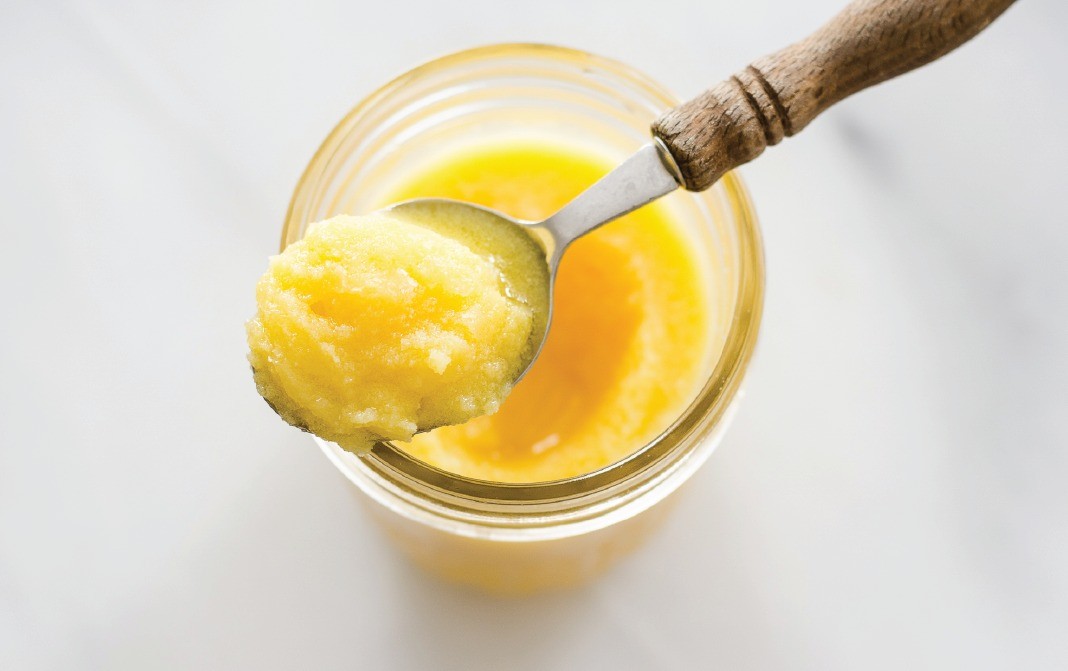


Cow’s milk is considered healthier than buffalo milk. To know if the ghee is made of buffalo milk, read the label carefully. Avoid buying vanaspati ghee as it is not good for health.
Obese or overweight people should avoid ghee as it may add to their body weight and result in making them unhealthier. Heart patients should avoid ghee as it contains fatty acids which increase the blood pressure and make them more prone to such attacks. People having diarrhea and jaundice should avoid ghee as it increases the lubrication of the stomach and affects bowel movements make it more severe. (3)
- Disclaimer
"Information here is provided for discussion and educational purposes only. It is not intended as medical advice or product or ingredient review/rating. The information may not apply to you and before you use or take any action, you should contact the manufacturer, seller, medical, dietary, fitness or other professional. If you utilize any information provided here, you do so at your own risk and you waive any right against Culinary Communications Private Limited, its affiliates, officers, directors, employees or representatives.”
Description
Ghee is a type of clarified butter that originated in India and is widely used in the preparation of South Asian, Iranian, Arabic and Indian cuisines. Ghee is composed of full spectrum short, medium and long-chain fatty acids, both unsaturated and saturated. Traditionally ghee can be prepared at home by various methods using milk butter where sour raw milk is churned into butter which is then boiled in an open pan to allow the water to evaporate and form ghee. By heating for a long period of time fresh cream can be used to give caramel-flavored ghee. Cream butter can also be used to prepare ghee. Here, milk is separated into a cream which is then churned into butter which later undergoes heat clarification to produce ghee. (heat clarification refers to the method of application of heat to separate the layers of two or more liquids).Ghee is often used in place of oil during deep frying. This is because it has a smoke point of 482 F / 250 C which is much higher than that of many oils.